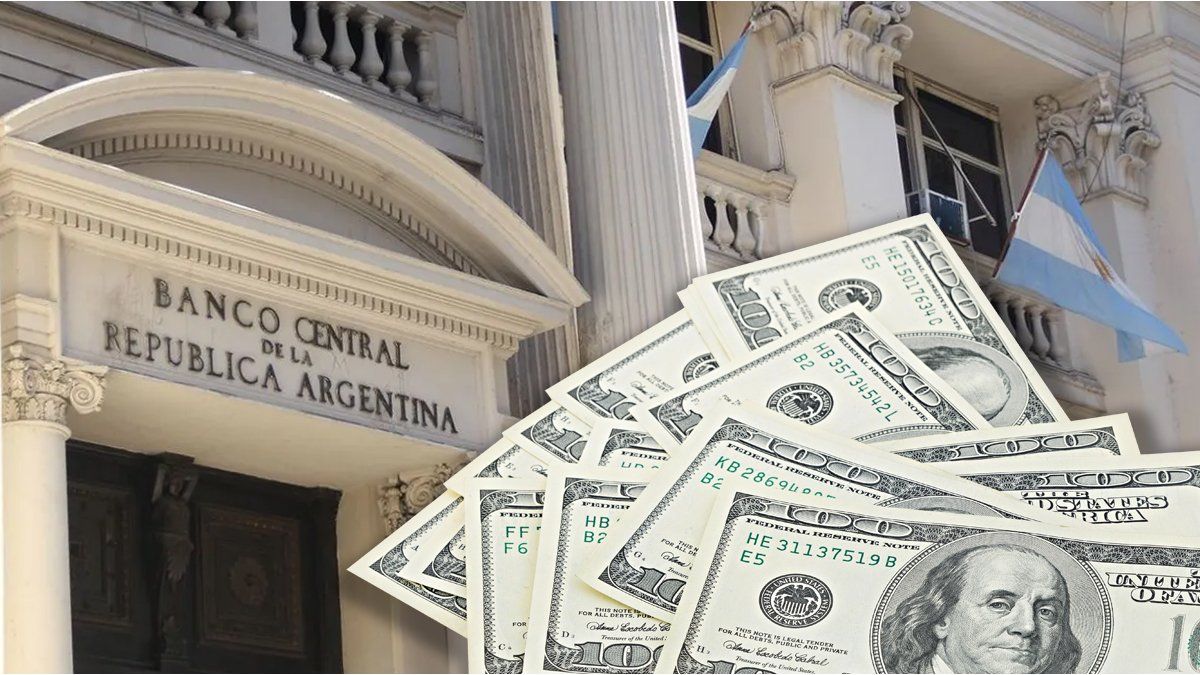As stated, to avoid an upward impact on the price of the dollar on the official market, the Ministry of Economy, under the leadership of Luis Caputo, designed A mechanism that allows the Central Bank (BCRA) to capture currencies from major corporate operations. These include negotiable obligations and syndicated loans that attracted the interest of international funds. When operating outside the exchange market, the government reduces the pressure on the exchange rate, simultaneously strengthening reserves, although some nuances that make the equation more complex.
The impulse of corporate emissions: yellow lights
In the opinion of the economic team, the renewed interest in Argentine assets will be a fundamental pillar of this strategy. In recent weeks, local companies from various sectors have managed to place debt in global markets at competitive rates, reflecting an improvement in the country risk perceptionwhich, although still around 650 basic points, shows signs of stabilization. Recent operations include bond emissions by private banks and energy companies, as well as syndicated loans to finance infrastructure projectslike a pipeline in Vaca Muerta that captured US $ 1,700 million.
In the Palace of Finance they argue that these transactions not only generate a currency flow for companies, but also They offer BCRA an alternative route to increase their reserves without intervening directly in the local market. The flexibility of certain exchange regulations, which allows foreign investors to convert their holdings into dollars to dollars immediately, acted as an additional incentive for capital entry.
RISKS AND CHALLENGES OF THE STRATEGY: Dollar Bajo For today, but questions for tomorrow
As they point out in the City, despite their benefits, This strategy faces multiple risksespecially in a context of financial tensions in the corporate sector. They mention, for example, that for years high inflation and protectionism allowed inefficiencies in numerous companies. To this was added that the exchange rate, when restricting access to foreign exchange, generated an anomaly that allowed local companies to issue debt at lower rates than their pairs in developed markets, which led to a generalized over -indebtedness. However, with the elimination of the stocks, the decrease in inflation and economic openness, many companies have been exposed, facing difficulties to adapt to the new economic model.
This structural change generated an increase in preventive competitions, affecting companies, such as dairy cooperatives, agroindustrial groups and chemical firms. Some companies, especially in the energy sector, They breached the payment of coupons of their debtwhile others, in sectors as diverse as the banking, agricultural and oil, They faced obstacles to emit new debt.
He Increase in rejected checkswhich went from 0.5% in mid -2024 to 1.3% in April 2025, and the increase in credit delinquency, although even at low levels, reflect a financial stress that covers from large corporations to small and medium enterprises.
An additional factor is the Possible debt market saturation, exacerbated by government and BCRA emissions. The recent loan operation for US $ 2,000 million, closed last week with international banks, generated questions about whether these official operations are competing with companies for access to external financing. This dynamic could limit the ability of local firms to capture funds, further complicating their financial situation.
In addition, the strategy of lowering inflation has quickly had unwanted consequences for the corporate sector. The high interest rates and a relatively overvalued weight, necessary to control prices, increased financing and reduced the competitiveness of certain sectors. As a result, some whole companies and sectors face difficulties in surviving, while investment in emerging areas of the new economic model, such as renewable technology or energy, is delayed due to uncertainty about the continuity of the historical reforms and fluctuations of the Argentine economy.
Finally, the Government must ensure that these operations meet the demands of the International Monetary Fund (IMF), which has underlined the importance of transparency and compliance with international standards. Ensure that purchases of dollars do not compromise the commitments assumed with the IMF, including reservations for June, it will be crucial to maintain financial credibility.
Context: a mixed financial panorama
The strategy It takes place at a time of renewed investment confidence, reflected in the entry of almost US $ 5,000 million in a single week through various operations. Among them stands out I repo for US $ 2,000 million With international banks at a rate of 8.25% annual, a milestone that underlines Argentina’s capacity to attract capitals, although at a high cost. The reopening of the bonus is also added Bonte 2030, which captured US $ 500 millionand the sale of an 8% participation in a local financial group for US $ 600 million to foreign funds.
These operations They allowed the BCRA to exceed US $40,000 million in gross reservesa level not reached since February 2023. However, Not all of these currencies are freely availabilitysince a part is committed to the IMF and other multilateral creditors, such as the World Bank, which recently contributed US $ 1,500 million.
At domestic level, economic indicators show advances and challenges. Inflation decelerated 1.5% monthly in May, and GDP growth projections by 2025 reach 5.2%. However, mass consumption remains weak, with an interannual fall of 3.2% in May, which shows that recovery still does not reach homes. In addition, financial stress in the corporate sector, evidenced by the increase in rejected checks and delinquency, suggests that problems are not limited to large companies, but affect all sectors and sizes of signatures.
The market is also beginning to differentiate between companies according to its level of indebtedness. Those that accumulated excessive debt during the years of artificially low rates now face greater difficulties to refinance, regardless of their sector. This dynamic underlines the transition to a more competitive economic model, but also more demanding.
Corporate debt as a central trait of the model
The year 2024 marked a milestone in the Argentine capital market, with corporate debt emissions that exceeded US $ 13,200 million, the highest volume in at least a decade, according to an Argentine PWC analysis. This record, driven by negotiable obligations and financial trusts, was catalyzed by the money laundering, the compression of the country risk, a narrower exchange gap and the reduction of interest rates, with a remarkable growth of 613% in dollar emissions compared to the previous year. This dynamism, especially in sectors such as energy and financial, allowed companies to capture significant funds, many of which fed the BCRA currency purchases.
With the legislative elections on the horizon, the government is confident that this exchange strategy will allow you Maintain stability in the markets and reinforce the perception of an economy in recovery. However, the challenges of the corporate sector and the need to sustain high interest rates to control inflation could translate into a slower economic growth until October. The uncertainty about the continuity of the reforms and the arrival of investments in emerging sectors adds another layer of complexity.
Source: Ambito




